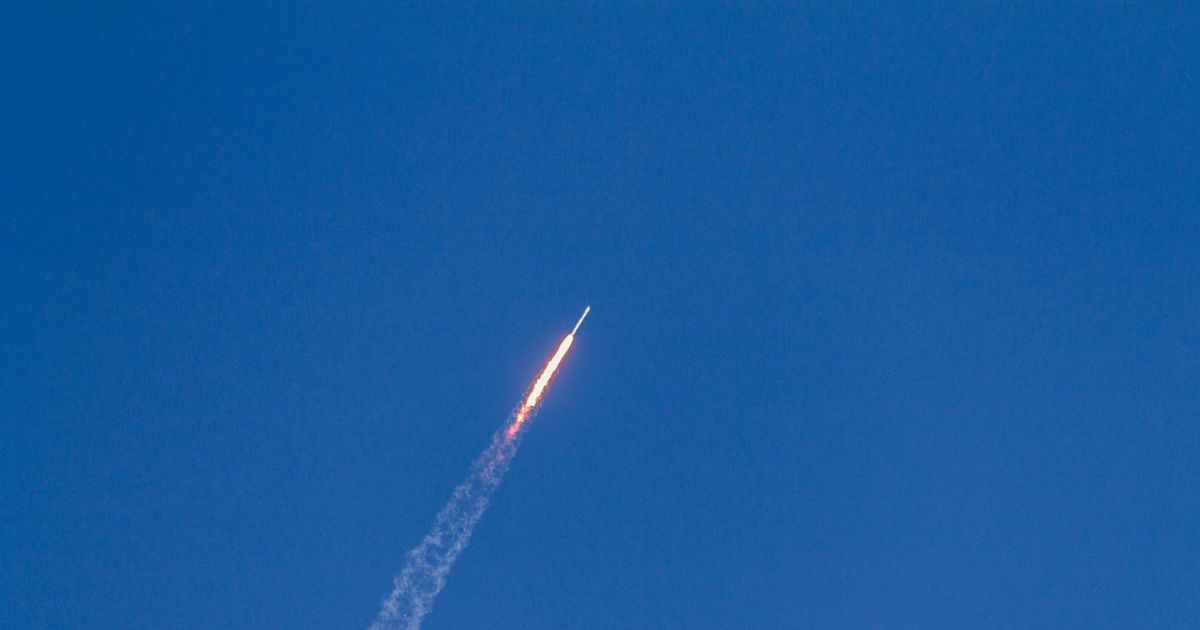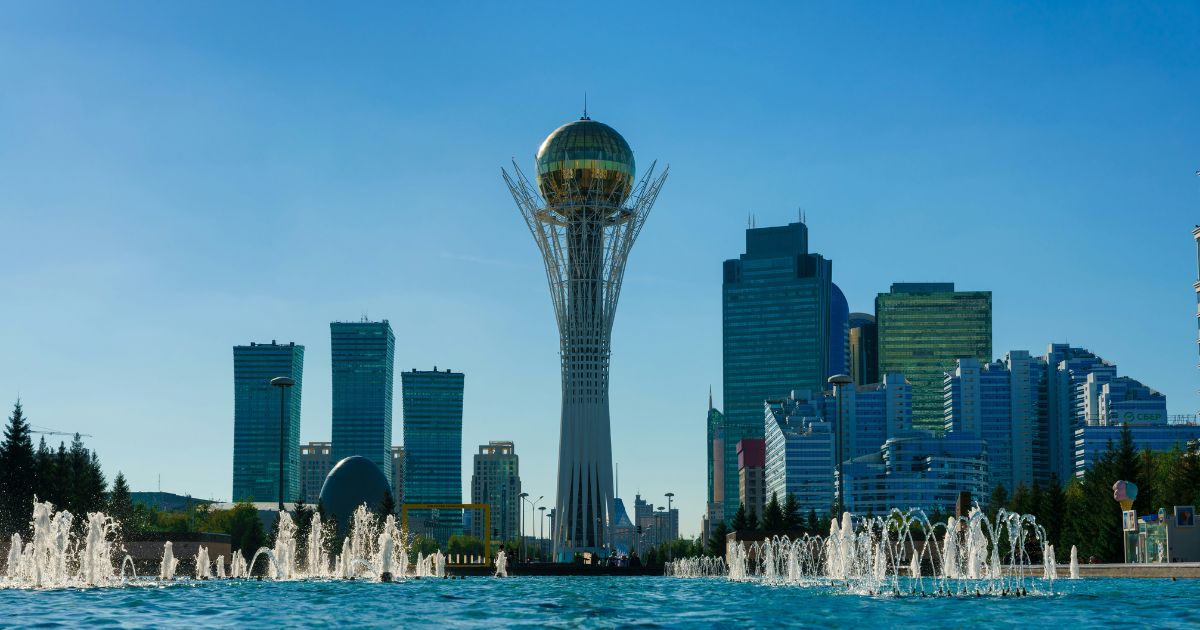Russian satellites have been shadowing British military satellites, the leader of the UK Space Command has revealed.
Speaking to the BBC, Maj Gen Paul Tedman has for the first time laid out the extent of Moscow’s interference against the UK’s space-based assets.
He added that Russia also had been attempting to jam the UK’s military satellites using ground-based systems weekly.
Earlier in the month, Germany’s Defence Minister, Boris Pistorius, stated Russia was tracking satellites employed by the German military.
Gen Tedman explained that Russia was doing the same to the UK. “They’re curious about what we’re up to and flying fairly close,” he added.
“They’ve got payloads onboard that are capable of viewing our satellites and attempting to gather information from them.”
Gen Tedman explained UK military satellites had been equipped with counter-jamming technologies, but went on: “We’re seeing our satellites jammed by the Russians on a reasonably persistent basis.”
Asked how frequently, he said “weekly”. It was, he explained, intentional, and the level of activity had stepped up since Russia’s invasion of Ukraine. Britain has a dozen specialist military satellites in orbit offering communications and spying.
By comparison, Russia and China each possess over a hundred. The joint Russian and Chinese satellite fleet has grown 70% over the last decade.
Gen Tedman added that Russia and China had also experimented with anti-satellite weapons. Both the UK and the US have cautioned that Russia has been working on putting nuclear weapons into space.
While the US views China as the pacing threat, Gen Tedman identifies Russia as the more pressing threat: “I would say the Chinese have by far the more advanced capability, but the Russians have more intent to employ their counter-space capabilities.”
Gen Tedman expressed he was “really concerned” about what was going on in space – not only the dangers but the rising traffic. There are some 45,000 objects in orbit that include some 9,000 satellites. Another 300 rockets are set to go into space this year.
The general was talking on a tour of RAF Fylingdales in North Yorkshire. It is where Britain and America have their Ballistic Missile Early Warning System. It’s something they’ve been doing since 1963.
The three large Cold War radomes or “golf balls” have been replaced by a pyramid measuring 30 metres (98 feet), which contains thousands of antennas.
It appears a spaceship has come down on the North Yorkshire moors, ringed with sheep, an electrified boundary fence, and razor wire.
The unblinking eye gives 360-degree surveillance from the Arctic to North Africa, and from the Mediterranean to the Atlantic. Its radar will detect objects the size of a tin can, 3,000 miles (4,800km) into space.
Inside, the heavy blast doors and air locks tell you that this, too, could be a target for any adversary. In the operations room, UK military personnel watch round the clock, every day of the year.
The RAF’s 2 Space Warning Squadron guides us through the process of how they know when a missile has been launched. They are connected to other US satellites and sensors that let them know when a launch occurs anywhere in the world.
Gen Tedman refers to space as “a team sport,” but actually, the UK is also very much dependent on America. The US is maintaining the radar, supported by UK contractors.
The UK officer responsible for the watch describes, with other sources, “we’d know the UK was under threat probably within a minute”.
Less highlighted is the UK’s capacity to intercept ballistic missiles. The UK presently has barely anything in the form of ballistic missile defence.
The UK government is vowing to spend more on both space and missile defence. It is also moving to protect its satellites. This week, it announced it will test sensors designed to find laser threats in space.
Both Russia and China have produced lasers that might be employed to blind and interfere with an enemy’s satellites.
Gen Tedman stated: “We’ve said we’re going to spend a billion pounds on integrated air and missile defence, and I’d be very surprised if there isn’t a space dimension to how we’re going to defend the UK against threats very like [America’s] Golden Dome.”
He was talking of President Donald Trump‘s intention to construct a shield around the US against any missile attack.
But now the UK risks being left behind in the space race. At present, it allocates around 1% of its defence budget to space. France allocates around 3% and the US 5%.
Gen Tedman would like to see space accorded a higher priority. He estimates, “About £450bn of the UK economy is linked to space. It is also the nervous system upon which the UK’s armed forces are increasingly reliant, from navigation to precision strikes.
As we depart RAF Fylingdales, there is another reminder of why space matters.
We are told we will need to evacuate the operations room in the event of a real-life situation. When we are shooting, another warning comes over of a ballistic missile launch, and we are quickly hustled out of the building.
They are monitoring short-range ballistic missile launches daily. In this case, they won’t tell us where, but it is no secret that Russia has been launching them on a regular basis into Ukraine.
In 2024, more than 4,000 missiles were fired around the globe. Russia was the reason why Fylingdales was first created in the Cold War era. The threat has not gone away.”




